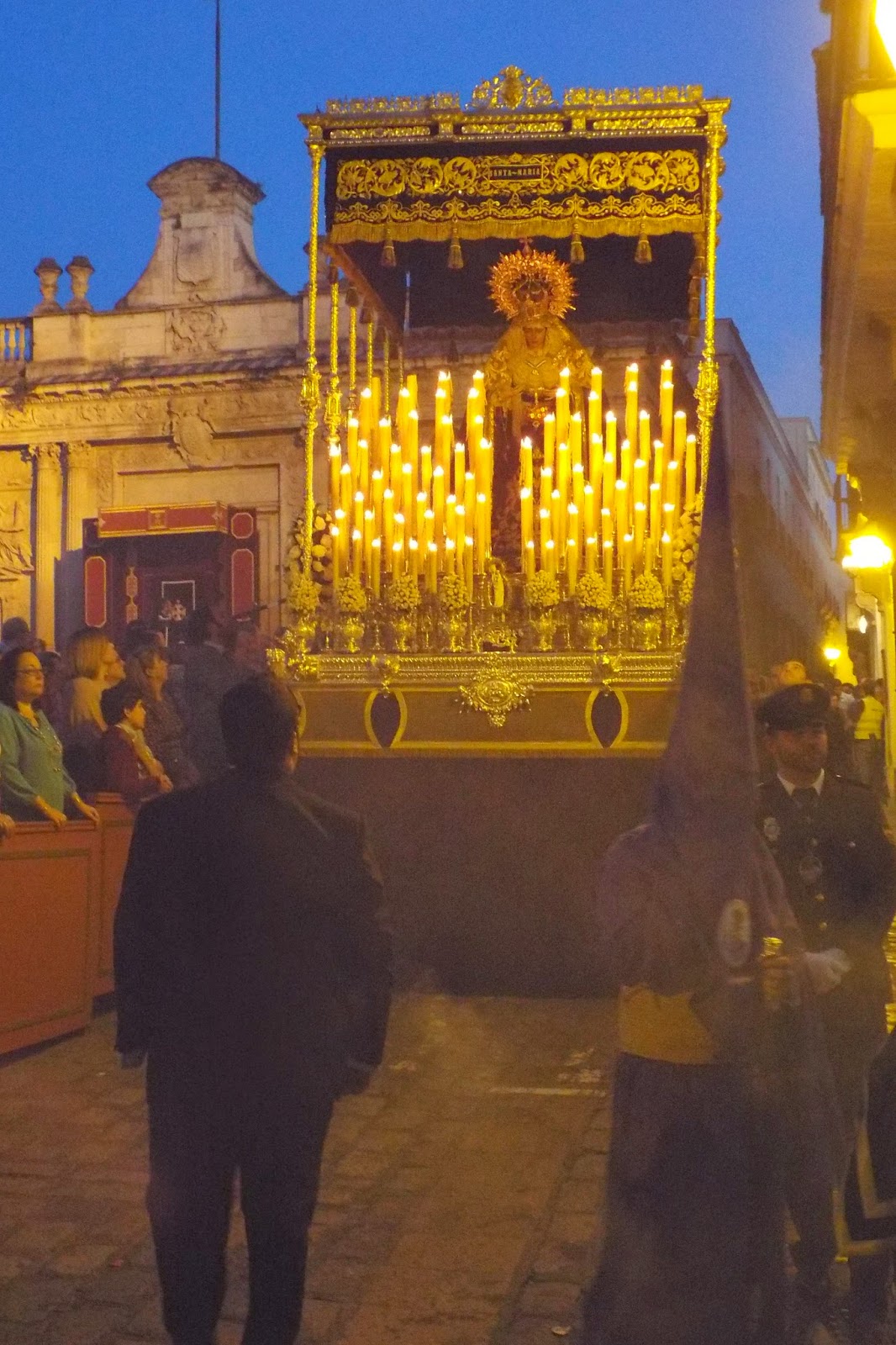The most important Afro-Peruvian celebration that they maintain is part of the Christmas celebration, in which groups called the hatajos de negritos dance, sing, and parade throughout the night in honor of baby Jesus and the Virgin Mary. Starting on the evening of December 24th, the celebration only ends on the morning of Christmas day, itself.
Little boy in costume for hatajos de negritos
The hatajos are composed of men and boys. The girls have separate groups, called pallas or pallitas, that do their dancing on January 6th. Both practice for months in advance. The hatajos are accompanied by men carrying statues of the Virgin and baby Jesus. They go from town to town, and stop at the homes of people who have arranged in advance for them to come there.
In these homes, first they dance for baby Jesus in front of images of the nativity scene, then they are invited to eat, and rest a bit before going on to the next home, or the next town.
In the procession, the group dances as a whole. In front of the nativity scenes, they do individual dances - dances of zapateo fancy footwork. Many of them are incredibly skillful and it is a real pleasure to watch them. I have not personally seen the celebration on Christmas Eve or Christmas day, but I have watched them practice and have also seen performances of zapateo in which two dancers enter into friendly competition with each other.
The two zapateo masters.
My first documentary about Afro-Peruvians shows quite a bit of the hatajos de negritos, while the second one has a great zapateo competition between two masters: Huevito (Freddy Huevito Lotabón) - three-time winner of the national Peruvian zapateo competition - and Lalo Izquierdo, a master dancer.
Incidentally the first documentary is called A Zest for Life: Afro-Peruvian Rhythms, a Source of Latin Jazz while the second is Masters of Rhythm with addendum. Check them out!
And if these topics interest you, or if world music and dance in general interests you, sign up for my newsletter. This is one of the things I specialize in. (You'll also get a free video and some music when you sign up.)
__________________
The author of this article is filmmaker Eve A. Ma. She makes documentaries, dramas, and experimental shorts; and is a former history professor and director of a non-profit cultural organization. She considers herself to some extent an international version of the late documentarian Les Blank.










































